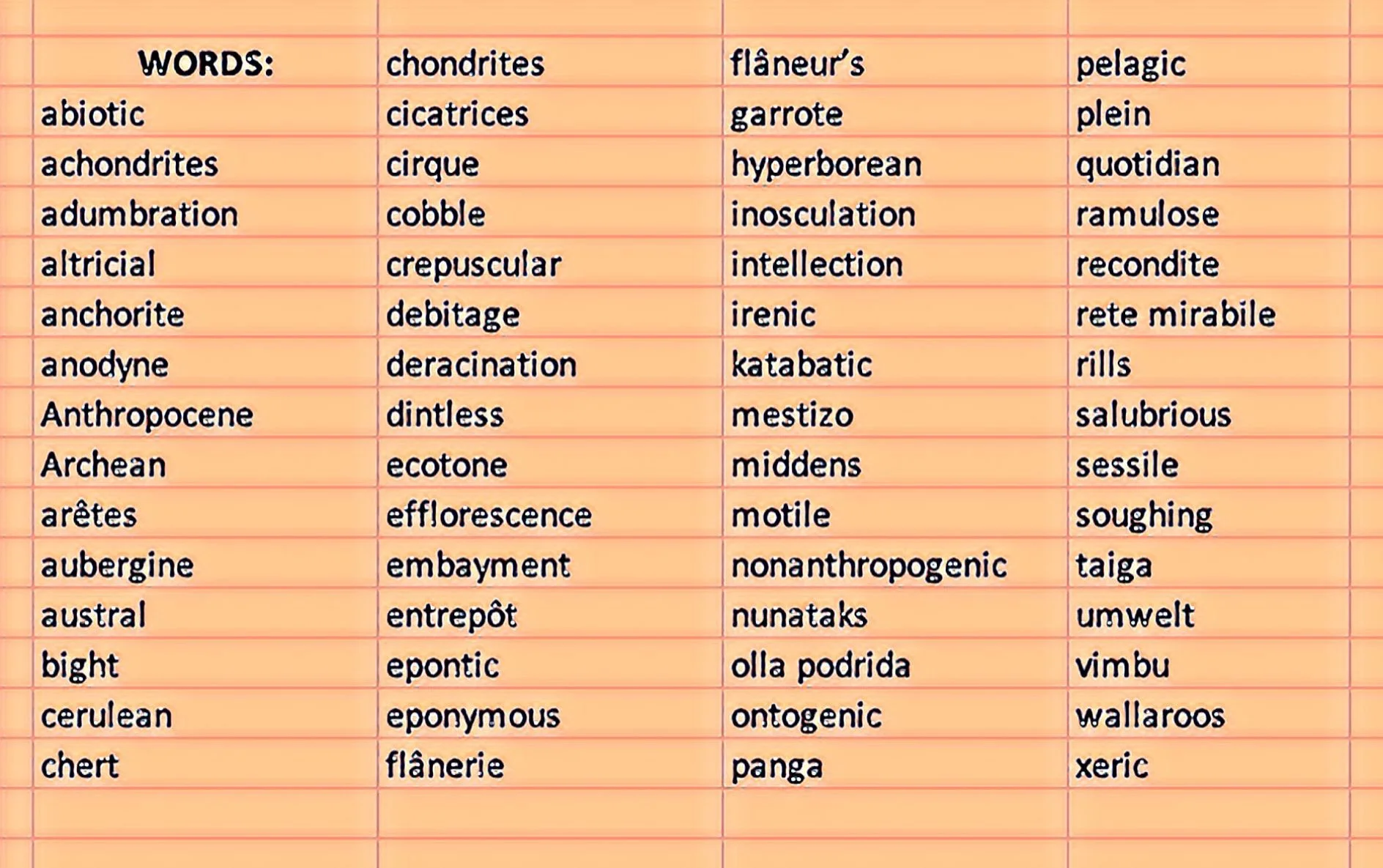All in Physics
Janna Levin's "BLACK HOLE BLUES AND OTHER SONGS FROM OUTER SPACE"
Science can be a noble pursuit but the humans who “do” science are subject to the same hopes, fears, and dreams as the rest of us. Understanding something about how this is all done is one more step in understanding what separates humans from other life forms.
William Bixby's “GALILEO AND NEWTON”
This short Kindle book, divided into two parts, provides just enough information to help the reader understand where Galileo and Newton stand in the evolution of Western scientific thought and practice.
James Holland's “DAM BUSTERS: THE TRUE STORY OF THE INVENTORS AND AIRMEN WHO LED THE DEVASTATING RAID TO SMASH THE GERMAN DAMS IN 1943”
Yes, the raid contributed significantly to the Allies war effort. Hopefully, too, people today who only connect with war via video games will occasionally pick up and read a book like this.
Jim Baggott: “THE FIRST WAR OF PHYSICS: THE SECRET HISTORY OF THE ATOMIC BOMB, 1939-1949”
I’ve always been fascinated by “big science” projects and how they were managed. Often there’s a confluence of private and public sector, academia, and military; the nuclear arms race as presented here is certainly not an exception.
Benford & Brin's HEART OF THE COMET
The scale and scope of the operation are huge. Hundreds of crew are sent in deep sleep while a smaller “first shift” prepares the massive ball of ancient ice for human habitation. The authors think through the physics and the logistics of such a massive operation and make you believe — almost — that something like this might really work.
Stephen Budiansky's “BLACKETT'S WAR: THE MEN WHO DEFEATED THE NAZI U-BOATS AND BROUGHT SCIENCE TO THE ART OF WARFARE”
Blackett’s War is an uneven but very interesting account of how basic science and engineering techniques, now called “operations research” or “operational research,” were applied to solving military problems during World War II.
Peter Bernhardt's “THE ROSE'S KISS: A NATURAL HISTORY OF FLOWERS”
I started paying attention to flowers last year. My son gave me a camera that takes decent closeups. I started carrying the camera while walking our dog down by the creek near our house and while working in our yard.

















